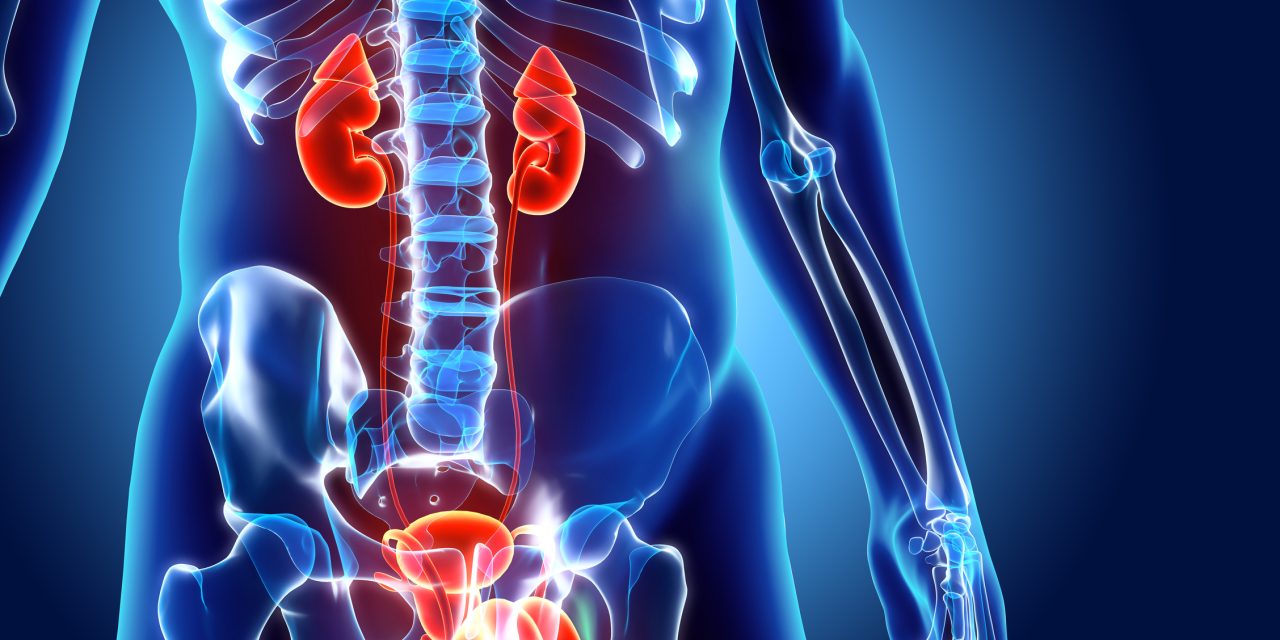Urolithiasis is quite possibly the most pervasive and intermittent urologic illnesses of the advanced era.1,2 The pervasiveness of urolithiasis has been assessed to be at 3%–7.1% in females and 8%–19% in males.3,4 Hence, the affordable and clinical weight of urolithiasis on the medical care framework are of incredible concern. With propels in imaging innovation, the chance of distinguishing asymptomatic renal stone has been increasing.5,6 Treatment alternatives for renal stones incorporate dynamic reconnaissance, extracorporeal shockwave lithotripsy (SWL), ureteroscopy, and percutaneous nephrolithotomy (PCNL). Nonetheless, the treatment system for asymptomatic renal stones stays to be set up. There was little proof on the clinical course of asymptomatic renal stones, yet a few late investigations have revealed the characteristic history of asymptomatic renal stone patients who had gone through dynamic surveillance.5,7 However, these examinations had limits, including little example size, short subsequent period, and c of imaging modalities. Specifically, the information about the normal history of calculi ≤5 mm are extremely restricted. In a few rules, calculi ≤5 mm have been considered as unimportant stones, however it was not satisfactory concerning what degree stone-related occasions can happen and careful intercession be acted in these little stones.
Reference link – https://www.liebertpub.com/doi/10.1089/end.2020.0336


